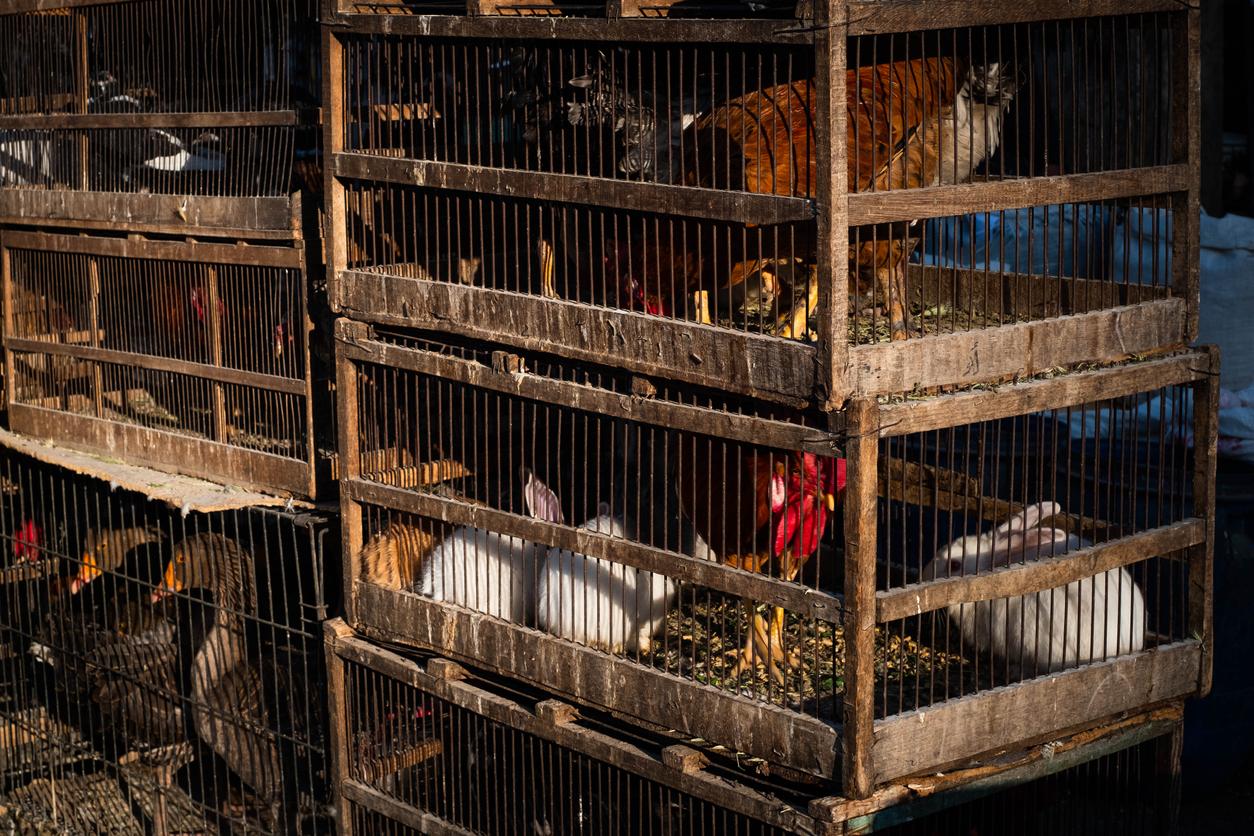Following a fleeting appearance of SARS-CoV-2 sequences from environmental swabs from the Wuhan market that was the early outbreak epicenter, the head of the World Health Organization (WHO) today repeated its call for China to share virus information with the WHO and the scientific community.
In other COVID-19 developments, updates from the US Centers for Disease Control and Prevention (CDC) today show that the Omicron XBB.1.5 subvariant now makes up an estimated 90.2% of cases and that cases, hospitalizations, and deaths continue to decline.
Sequences add more evidence to animal source
Yesterday evening, reports from The Atlantic and Science revealed that French scientist Flo Debarre, PhD, stumbled upon new sequence data on the GISAID virus-sharing database posted by a Chinese research team headed by George Gao, DPhil, who was the former director of the Chinese Center for Disease Control and Prevention (China CDC).
In February 2022, Gao's team, in a preprint study, said positive SARS-CoV-2 environmental samples also contained human DNA, hinting that humans may have introduced the virus to the market.
Scientists downloaded and quickly analyzed the newly posted sequences, which have since been deleted by the Chinese group. The initial findings suggest that some of the SARS-CoV-2 samples from the market contain DNA or RNA from raccoon dogs, civets, and other mammals, which adds more evidence for a zoonotic spillover as the source of the outbreak. On Mar 7, scientists who pored over the newly posted sequences presented their initial findings to the WHO's Scientific Advisory Group for the Origins of Novel Pathogens (SAGO).
These data do not provide a definitive answer to the question of how the pandemic began, but every piece of data is important.
Mystery surrounding the source of the virus, the focus of intense debate, has also led to speculation that the virus may have come from a lab leak, which was recently embraced—but with low confidence—by intelligence officials from two US government agencies, and WHO-Directory Tedros Adhanom Ghebreyesus, PhD has called on all countries to share what they know.
At a WHO briefing today, Tedros said the WHO was made aware of the newly posted sequenced on Mar 5, which prompted the group to request that China CDC share the data with the WHO and the international scientific community.
"These data do not provide a definitive answer to the question of how the pandemic began, but every piece of data is important in moving us closer to that answer," Tedros said.
He added that all data related to the origins of SARS-CoV-2 need to be shared with the international community immediately. "These data could have—and should have—been shared 3 years ago."
XBB.1.5 expands dominance, US markers fall
In updated variant proportions today, the CDC said the Omicron XBB.1.5 subvariant makes up 90.2% of infections, up from 88.8% the previous week. It said XBB lineages, which also include XBB.1.5.1, are the only lineages growing nationally.
In a biweekly summary today, the CDC said COVID-19 indicators continue their downward trend.
As of Mar 15, the 7-day average for new daily COVID-19 cases is 21,422, down 19.7% compared to the previous weekly average. For hospitalizations, the latest 7-day average is 2,757, down 9.5% from the last weekly average. For deaths, about 244 more Americans are dying from their infections each day, down 18.8% from the previous 7-day average.
In other COVID-19 developments:
- An US Food and Drug Administration (FDA) advisory group yesterday recommended full approval for Paxlovid, Pfizer's COVID-19 antiviral, for use in people ages 50 and older and other high-risk groups, CNBC reported. The drug has been available under emergency use authorization (EUA) since December 2021. The FDA said earlier this week that it would keep the EUA in place for Paxlovid's use in high-risk adolescents.
- Canada and the Britain are the latest countries to ease the pretravel COVID-19 testing requirement on people coming from China, according to media reports.




















